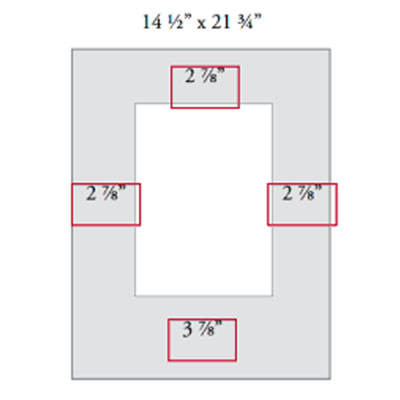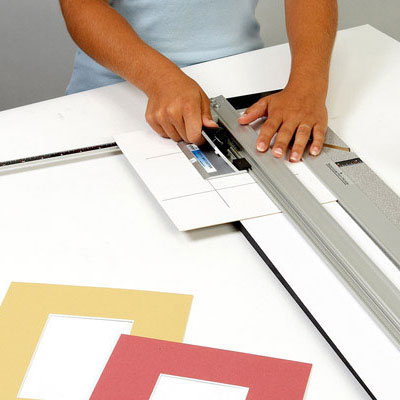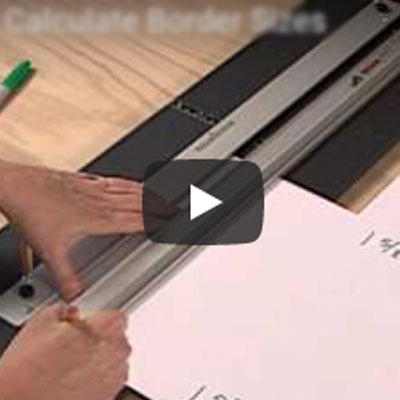Everyone who has framed a picture under glass has encountered the maddening situation where tiny flecks of lint and dust appear on the inside of the glass after the frame has been closed. The situation is doubly annoying if a paper dust cover has been applied to the back of the frame and has to be removed to rectify the situation.
The root of the problem is static charge on the glass. To avoid it an ounce of prevention is worth a pound of cure. Remember that static charge results from dry friction, and dry friction occurs when glass is wiped dry.
Unfortunately, glass often requires a rigorous first cleaning. That's because manufacturers of glass commonly put a thin coating of Teflon and oil on the surface to protect it in transit. The initial cleaning requires cutting through that coating to get at the surface of the glass and results in repeated instances of wiping until dry.
One way to avoid static charge is to avoid wiping the glass dry, leaving it moist and letting it air dry. Another approach is to go ahead and wipe it dry but then remove the static charge through the use of an anti-static brush. An anti-static brush is easy to use. Simply brush it over both sides of the glass and it will significantly reduce the cling caused by static charge.
Another reason for the sudden appearance of dust and lint on the inside of the glass at the last minute is the bellows effect created when the framer presses down on the framing components as they are loaded into the frame. Pressing down and releasing the components creates a suction that draws dust, lint and paper scraps into the air space between the glazing and the artwork. To prevent this, seal the edges of the stack of framing components with white artist's tape or acid-free masking tape before loading them into the frame.
By taking these simple precautions you can prevent the frustration that comes with discovering dust and lint on the inside of the glass when you are nearly finished framing.












